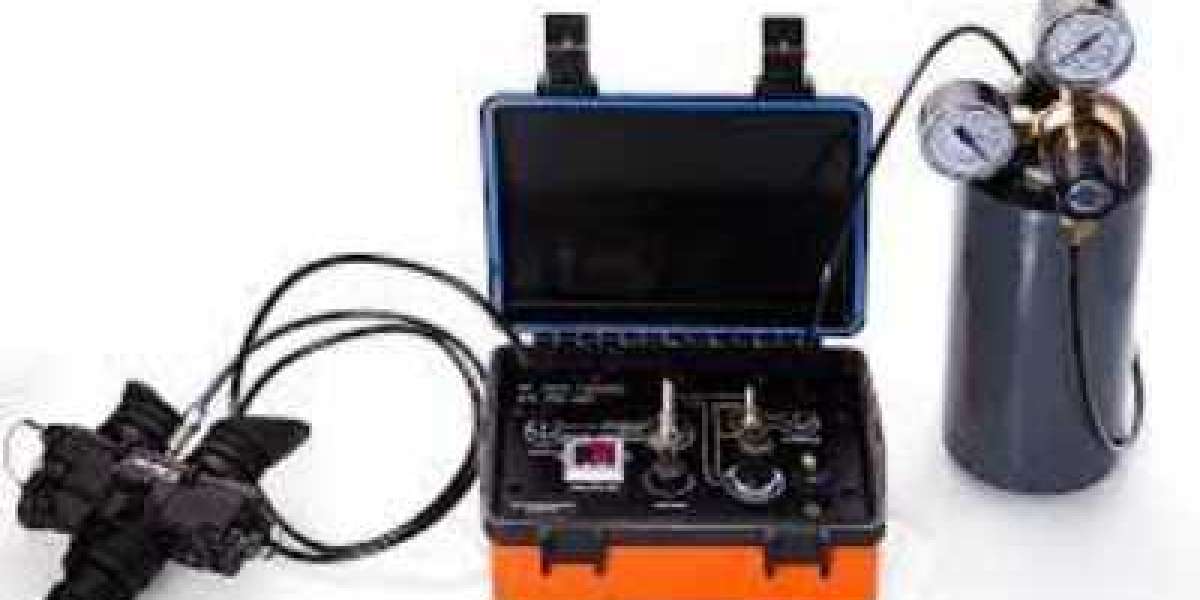Introduction
Whether you're aiming to excel in competitive programming contests or preparing for technical interviews at top tech companies, mastering algorithmic problem-solving techniques is essential. In this comprehensive guide, we'll delve into various strategies and approaches to tackle algorithmic challenges effectively, with a focus on data structures and algorithms in C++. Whether you're a beginner or an experienced programmer looking to enhance your skills, this guide will provide valuable insights to help you succeed. So, let's dive in and explore the fascinating realm of algorithmic problem-solving.
Competitive programming is a mind sport where participants (often referred to as "competitors" or "programmers") compete against each other to solve algorithmic and mathematical problems within a specified time limit. These competitions typically take place online or in-person and are organized by various platforms, universities, coding clubs, and organizations.
Understanding Data Structures and Algorithms in C++
Before we delve into problem-solving techniques, let's take a moment to understand the foundational concepts of data structures and algorithms in C++. Data structures are containers used to organize and store data efficiently, while algorithms are step-by-step procedures for solving problems and performing computations. In C++, a rich library of data structures and algorithms is available, making it a popular choice for competitive programming and interviews.
Some common data structures and algorithms in C++ include:
- Arrays
- Linked Lists
- Stacks and Queues
- Trees and Binary Search Trees (BSTs)
- Graphs and Graph Algorithms (e.g., Dijkstra's Algorithm, Depth-First Search, Breadth-First Search)
- Sorting and Searching Algorithms (e.g., Quick Sort, Merge Sort, Binary Search)
Now that we have a basic understanding of data structures and algorithms in C++, let's explore some algorithmic problem-solving techniques.
1. Brute Force Method:
The brute force method involves trying all possible solutions to a problem and selecting the best one. While this approach may seem inefficient for large-scale problems, it's a useful starting point for understanding the problem's requirements and constraints. In competitive programming, brute force solutions can serve as a baseline for comparison with more optimized approaches.
2. Greedy Algorithms:
Greedy algorithms make locally optimal choices at each step with the hope of finding a global optimum. These algorithms are relatively simple to implement and can yield efficient solutions for certain types of problems. However, it's essential to ensure that the greedy choice does not lead to an incorrect solution in the long run.
3. Dynamic Programming:
Dynamic programming is a powerful technique for solving problems by breaking them down into smaller subproblems and solving each subproblem only once. By storing the solutions to subproblems in a table, dynamic programming avoids redundant computations and can dramatically improve efficiency. Common examples of dynamic programming problems include the knapsack problem and the longest common subsequence problem.
4. Divide and Conquer:
Divide and conquer is a problem-solving technique that involves breaking a problem into smaller, more manageable subproblems, solving each subproblem recursively, and then combining the solutions to the subproblems to obtain the final solution. This approach is particularly well-suited for problems that exhibit overlapping subproblems and optimal substructure.
5. Backtracking:
Backtracking is a systematic method for generating all possible solutions to a problem by exploring the space of potential solutions incrementally and abandoning partial solutions that cannot be completed. Backtracking is commonly used to solve problems involving permutations, combinations, and constraint satisfaction.
Tips for Mastering Algorithmic Problem-Solving
Now that we've explored various algorithmic problem-solving techniques, let's discuss some tips for mastering these techniques and excelling in competitive programming contests and technical interviews:
1. Practice Regularly:
Like any skill, proficiency in algorithmic problem-solving requires practice. Dedicate time each day to solve algorithmic problems from online platforms such as LeetCode, Codeforces, or HackerRank. Joining a competitive programming community or participating in coding competitions can also provide valuable opportunities for practice and learning.
2. Understand the Problem Statement:
Before attempting to solve a problem, take the time to thoroughly understand the problem statement, including any input/output constraints and edge cases. Clarify any ambiguities or uncertainties with the problem statement before proceeding with your solution.
3. Choose the Right Data Structures:
Selecting the appropriate data structures is critical for efficient algorithmic problem-solving. Familiarize yourself with the strengths and weaknesses of different data structures and choose the one that best suits the requirements of the problem at hand. For example, use a hash table for fast key-value lookups or a priority queue for efficient handling of priority-based operations.
4. Optimize Your Code:
Pay attention to the efficiency of your algorithms and optimize your code for better performance. This may involve reducing time complexity, minimizing memory usage, or eliminating redundant computations. Profiling tools and code optimization techniques can help identify bottlenecks and areas for improvement in your code.
5. Learn from Others:
Collaborate with fellow programmers, participate in online forums and discussions, and study solutions submitted by other programmers. Analyze different approaches to solving the same problem and identify the strengths and weaknesses of each approach. Learning from others' experiences can broaden your problem-solving skills and deepen your understanding of algorithmic techniques.
Enroll in a DSA Course
To accelerate your learning and mastery of data structures and algorithms in C++, consider enrolling in a DSA course. These courses provide structured learning paths, comprehensive curriculum coverage, and hands-on practice exercises to help you build a solid foundation in algorithmic problem-solving. Whether you're a beginner looking to get started or an experienced programmer aiming to sharpen your skills, a DSA course can provide valuable guidance and support on your journey.
Conclusion
Algorithmic problem-solving is a fundamental skill for success in competitive programming contests and technical interviews. By mastering various problem-solving techniques such as brute force, greedy algorithms, dynamic programming, divide and conquer, and backtracking, you can tackle algorithmic challenges with confidence and efficiency. Remember to practice regularly, understand the problem statement, choose the right data structures, optimize your code, and learn from others' experiences. Enrolling in a DSA course can further enhance your skills and accelerate your progress. With dedication, perseverance, and a solid understanding of data structures and algorithms in C++, you can overcome any algorithmic challenge that comes your way.



